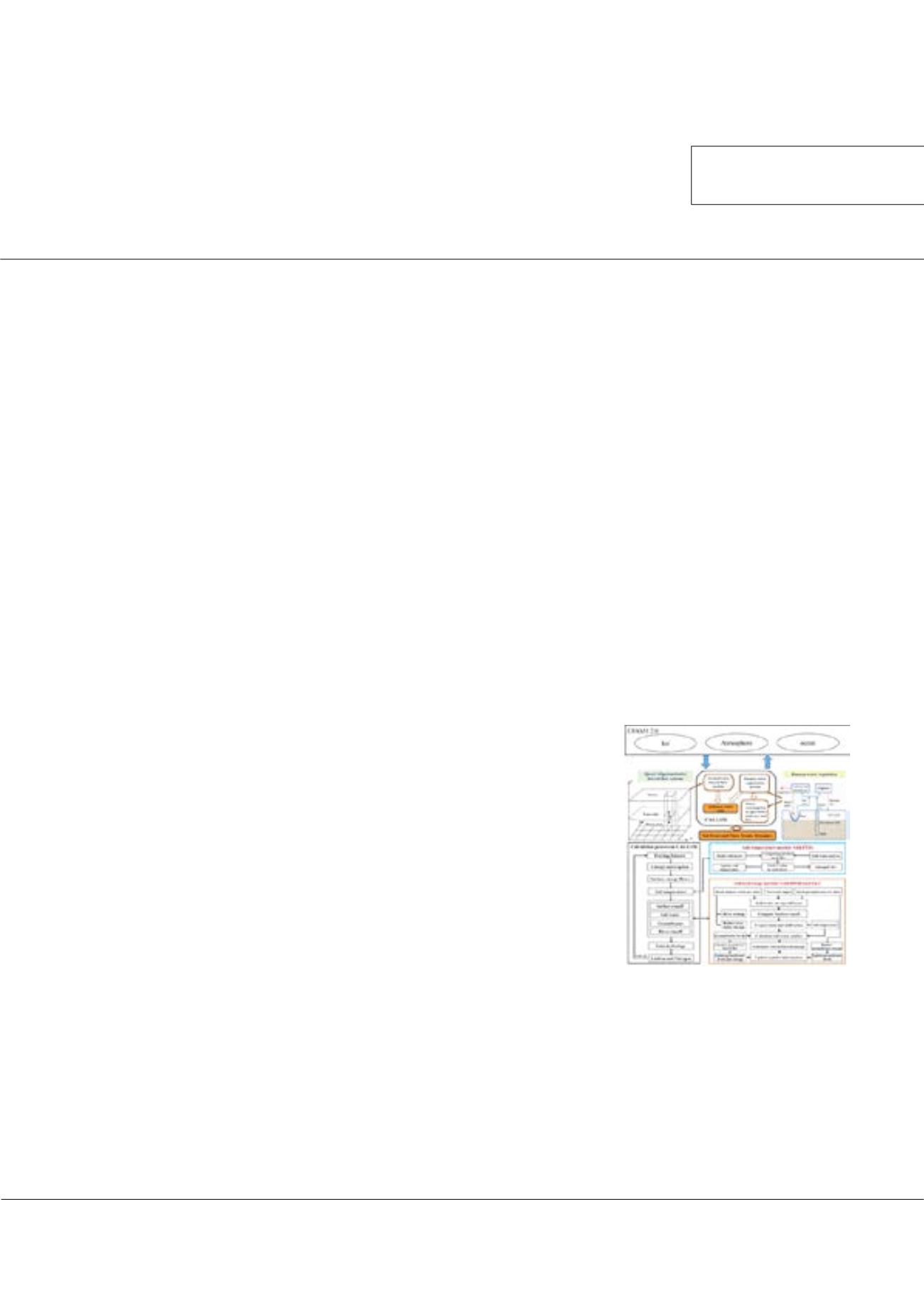

Page 47
conferenceseries
.com
Volume 2
Environment Pollution and Climate Change
ISSN: 2573-458X
Climate Change 2018 &
Global ENVITOX 2018
October 04-06, 2018
October 04-06, 2018
London, UK
16
th
Annual Meeting on
Environmental Toxicology and Biological Systems
&
5
th
World Conference on
Climate Change
JOINT EVENT
Hydrologic and climatic responses to global anthropogenic groundwater extraction
Zhenghui Xie, Liu S, Zeng Y, Gao J, Qin P, Jia B, Xie J, Liu B, Li R, Wang Y
and
Wang L
Chinese Academy of Sciences, China
A
nthropogenic groundwater exploitation essentially changes soil moisture, land-atmosphere water and energy fluxes,
even climate system. In over-exploited regions, the terrestrial water storage has been rapidly depleted, causing water
unsustainability and climate change. Quantifying the hydrologic and climatic responses to anthropogenic groundwater
extraction not only advances our understanding on the hydrological cycle with human intervention, but also benefits effective
human water management. In this paper, the authors incorporated a scheme of anthropogenic groundwater exploitation
into the Community Earth System Model 1.2.0, and conducted a series of simulations over globe to investigate the effects of
groundwater exploitation on the hydrological processes and climate system around the world. The framework of the coupled
model are shown in Fig. 1. The model was also applied over Heihe River Basin in northwestern China for investigating the
impacts of water use and groundwater lateral flow on basin-scale land processes, and the eco-hydrological effects of stream-
aquifer water interaction over riverbanks. Results show that groundwater exploitation caused drying in deep soil layers but
wetting in upper layers, with a rapidly declining water table in areas with the most severe groundwater extraction, including the
central United States, North China Plains and the north India and Pakistan. The atmosphere also responded to groundwater
extraction, with cooling at the 850 hPa level over the north India and Pakistan and a large area in North China and central
Russia. Increased precipitation occurred in North China Plains. Decreased precipitation occurred in north India because the
Indianmonsoon and its transport of water vapor were weaker as a result of cooling induced by groundwater use. Local terrestrial
water storage was unsustainable at the current high extraction rate. Thus, a balance between reduced water withdrawal and
rapid economic development must be achieved to maintain a sustainable water resource, especially in over-exploited regions.
Recent Publications
1. Xie Z, Liu S, Zeng Y, Gao J, Qin P, et al. (2018) A high-resolution land model with
groundwater lateral flow, water use and soil freeze-thaw front dynamics and its
applications in an endorheic basin. Journal of Geophysical Research-Atmospheres
123.
2. Zeng Y, Xie Z and Zou J (2016) Hydrologic and climatic responses to global
anthropogenic groundwater extraction. Journal of Climate 30:71–90.
3. Zeng Y, Xie Z, Yu Y, Liu S, Wang L, et al. (2016) Effects of anthropogenic water
regulation and groundwater lateral flow on land processes. Journal of Advances in
Modeling Earth System 8:1106–1131.
4. Zeng Y, Xie Z, Yu Y, Liu S, Wang L, et al. (2016) Ecohydrological effects of stream–
aquifer water interaction: a case study of the Heihe River basin, northwestern
China. Hydrology and Earth System Sciences 20:2333–2352.
Biography
Zhenghui Xie, Professor/Dr., State Key Laboratory of Numerical Modelling for Atmospheric Sciences and Geophysical Fluid Dynamics, Institute of Atmospheric Physics,
ChineseAcademy of Sciences, Deputy Director of. He got Ph.D. from Institute of Computational Mathematics, ChineseAcademy of Sciences in 1996, and master degree
from Hunan University in 1988. He visited Civil and Environmental Engineering, University of California at Berkeley, USA, and University of Tennessee at Knoxville, USA
as visitingAssistant Professor during 1998-2001,. He is working on the development of a land surface model in the climate system and its applications, land surface models
and their coupling with regional and general climate models, macro-scale land hydrological models and their parameter calibrations and transfers, interactions between
climate and vegetation, land data assimilation and its applications, and computational mathematics and geophysical fluid dynamics.
http://web.lasg.ac.cn/staff/xie/xie.htm zxie@lasg.iap.ac.cnZhenghui Xie et al., Environ Pollut Climate Change 2018, Volume 2
DOI: 10.4172/2573-458X-C1-002
Figure 1:
Framework of the coupled model
















